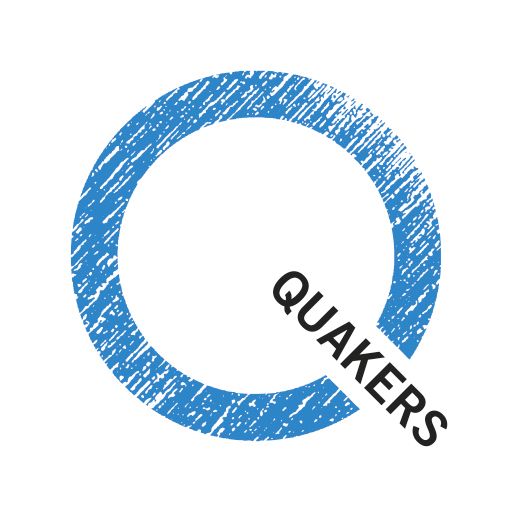QiS extra detail to FAQ
Relationship between a single charity, Quakers in Scotland and BYM
The life of a religious society consists in something more than the body of principles it professes and the outer garments of organisation which it wears. These things have their own importance: they embody the society to the world, and protect it from the chance and change of circumstance; but the springs of life lie deeper, and often escape recognition. They are to be found in the vital union of the members of the society with God and with one another, a union which allows the free flowing through the society of the spiritual life which is its strength.
William Charles Braithwaite, Quaker faith & practice 10.04
Quakers in Britain are a single faith community, covering England, Scotland, Wales, the Channel Islands and the Isle of Man. We are bound together by a shared discipline (set out in Quaker faith & practice), a common history, and a Yearly Meeting which includes us all. However Area Meetings, General Meeting and Britain Yearly Meeting are all independent charities. Meeting for Sufferings has been encouraging Quaker groupings across BYM to consider moving to simpler structures.
We are linked together in many other ways too:
- Our church structures, Meeting for Sufferings and Yearly Meeting
- Money
- Reputation
Membership of our structures – If you are a member of an Area Meeting in Scotland you are automatically a member of General Meeting and of Britain Yearly Meeting with the associated responsibilities for their work, their communities and their smooth running. Any member can attend business meetings at Area Meeting, General Meeting and Yearly Meeting level.
Money – Area Meetings, General Meeting and Britain Yearly Meeting are dependent on donations from members and constituent meetings. Area Meetings and Local Meetings contribute directly to Britain Yearly Meeting, as well as to General Meeting. Each year General Meeting applies for a grant from Britain Yearly Meeting to support it in representing Quakers at various national bodies in Scotland, and BYM employs a Parliamentary Engagement Officer to advocate on behalf of General Meeting for Scotland.
Reputation – All these Quaker charities are mutually dependent for their good name on the reputation of the other parts of our organisation.
The relationship between Area Meetings and Britain Yearly Meeting is spelt out in more detail by the recently agreed memorandum of understanding.
How does this change with a single charity?
The basic answer is that it doesn’t. Friends are on the point of being co-opted onto a ‘community subgroup of Quakers in Scotland Co-ordinating Group’ to explore and consult on the ways the worshipping communities across Scotland might be ‘glued’ together. Becoming a single charity is not dependent on the outcome of this work. There are a whole range of possibilities of how the ‘glue’ might work within a single charity, from the single body combining the responsibilities of the four Area Meetings and General Meeting, through to the possibility of keeping the existing Area and General Meetings for all purposes except for trustee responsibilities. The additional responsibilities of General Meeting for Scotland set out in 5.03 of Quaker faith & practice would pass to the new Quakers in Scotland. This body would carry on representing Britain Yearly Meeting in Scotland, including in ecumenical and interfaith matters; in dealings with the Scottish Parliament, the Scottish Government and the Scotland Office, and as required by the Scottish legal system, probably by appointing subcommittees as happens at present. It would also be able to represent the views of Quakers in Scotland by sending minutes to the structures of Britain Yearly Meeting, as now.
Membership of our structures – under Scottish law a charity has to be very clear who its members are, but the operation of our membership processes can be delegated to groupings within the charity, those groupings might be clusters, Area Meetings or any other possibility that Scottish Friends decide on. A member of any part of Quakers in Scotland would, as at present, automatically be a Member of Britain Yearly Meeting.
Money – All parts of any Quaker structure will be dependent on members’ donations. Any new charity, Quakers in Scotland, which had responsibilities currently undertaken by General Meeting, would apply in the same way as at present for a grant to support its work. Britain Yearly Meeting would continue to support Parliamentary Engagement work as at present.
Reputation - the reputation of each charity remains dependent on the reputation of the others.
There is a question about how Quakers in Scotland might relate to Meeting for Sufferings. Under the current system there are five pairs of representatives and alternates from Scotland appointed to Sufferings. A large Area Meeting only has one representative and alternate, this is currently the situation for Central England and potentially for the single Pan London Area Meeting that London Friends have agreed on. However, a review of Meeting for Sufferings was instigated by Yearly Meeting in 2021 and a report is due at Yearly Meeting 2024. The proposal is that Meeting for Sufferings becomes a ‘Continuing Yearly Meeting’, so any Friend can attend alongside representatives appointed by Area Meetings (read more in the Meeting for Sufferings papers, starting at p35). If this proposal is accepted, then worries about the strength of the Scottish voice at Meeting for Sufferings will to some extent be dissipated.
Paul Parker, Recording Clerk
Lesley Richards, convener of Quakers in Scotland Co-ordinating Group
25 February 2024
